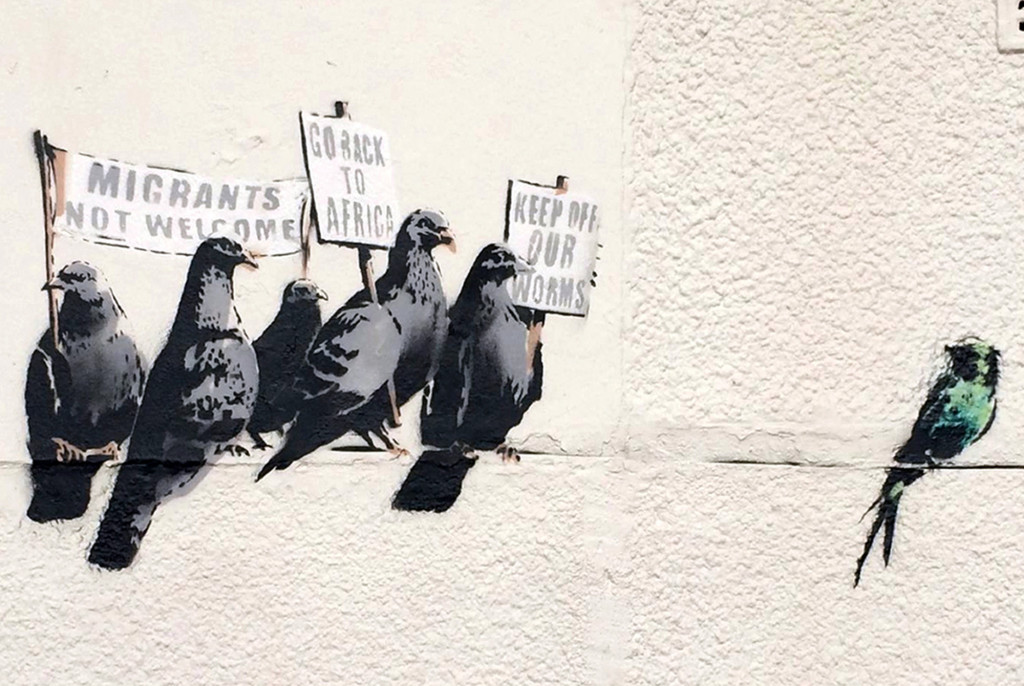When we think of art, we usually think of a timeless masterpiece that is showcased in one of the most established museums in the world. While you are not wrong, you have to understand that art will, and will always, evolve.
For this edition, I wanted to veer away from my standard blogs of museum art and discuss the ever-evolving growth with street art. While usually associated with a form of vandalism, street art is, in itself, the personification of true art. Every piece, every color, and every design allows the viewer and the audience to find themselves within each thought-provoking message. While they may not be the Van Gogh’s or Michelangelo’s of their time, these artist are however able to intervene with our day-to-day busy lives and highlight and provoke the societal issues going on in our world today. But before I dive in, I felt that it was vital to of course define street art.
Street art is the visual expression created in various public locations. Usually unsanctioned artwork, these pieces are traditionally executed with the purpose to go above and beyond the sanctions of the law. In fact, its birth and rise gained amass amount of popularity during the 1980s graffiti art boom. But do not its past cloud your mind with negative thoughts. With street art, we are given various pieces that are meant in solace of human expression. For some they can be comical. But for a majority, they leave us a contextual understanding of the everyday world. In our society, we are faced with a wide variety of issues ranging from poverty all the way down to racism. As much as the people can hide and mask the negativity going on in the world, street art is, and will always be there, to unveil the darkness.
Take for example the infamous England-based graffiti artist, political activist, and film director Banksy. While his actual identity is still unverified, his political and artistic work continued to grow after each and every project. In fact, the unknown artist has become so popularized within our modern day culture that he was able to inspire and lead various campaigns highlighting the problems within the world. As much as people can veer away from it, Banksy, like many artist, continue to remove the rose-colored glasses. There intention is not to create fear, but to spark awareness of the injustice and inequities within our society.
Like Banksy, many of these artists look to communicate directly with their audience. While they may not get the praise and popularity that their colleagues within the field get at museums, their form of art is and will always infuse the esthetic value of art provocation.

